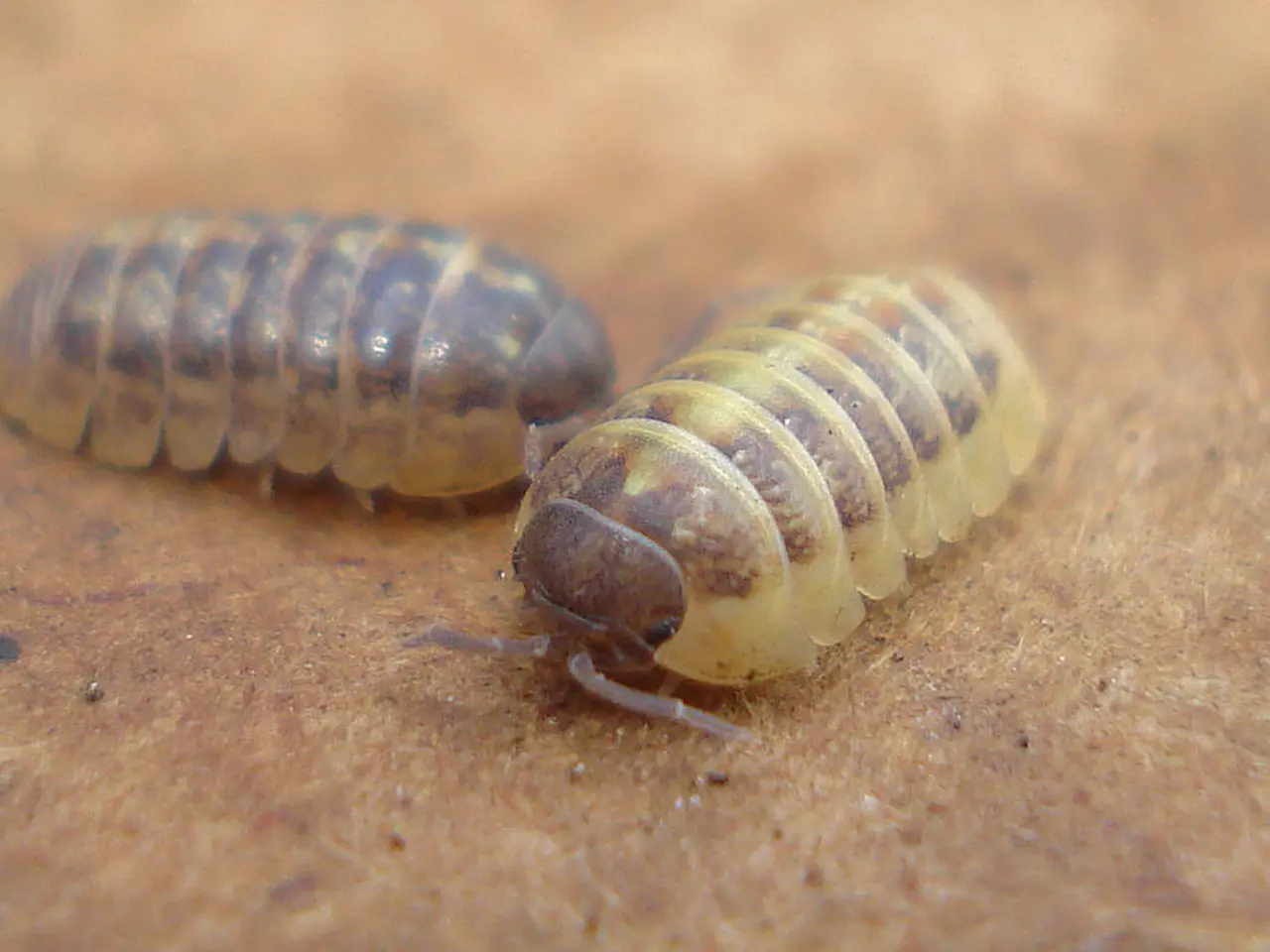Detailed Guide to Eating Insects: An Extensive Examination
In the ever-evolving landscape of food production, a new player is making waves – edible insects. These tiny creatures, once considered a novelty or a delicacy in certain cultures, are now gaining recognition for their potential to address pressing issues of food security and sustainability.
Edible insects, such as crickets, mealworms, and grasshoppers, among others, offer a rich source of high-quality protein, essential fatty acids, vitamins, and minerals. In fact, they often compete with or exceed the nutritional value of conventional animal products. Key nutrients found in these insects include protein, Omega-3 and Omega-6 fatty acids, iron, zinc, calcium, B vitamins, fiber, antioxidants, and more.
Insects are not just a nutritious option but also a sustainable one. They exhibit an efficient feed-to-protein conversion rate, resulting in lower greenhouse gas emissions and reduced water consumption compared to traditional livestock farming. This makes them a practical solution to urgent food security challenges as the global population continues to expand.
However, overcoming social barriers related to insect consumption necessitates education and exposure. Cooking demonstrations, tastings, and the incorporation of insects into school nutrition programs are some strategies being employed to familiarise people with these new food sources.
Cultural perceptions of insects as a food source vary significantly worldwide. While they are cherished in many Asian, African, and Latin American nations, they are met with skepticism or aversion in Western countries. Yet, with growing awareness and understanding, this perception is gradually changing.
For those new to insect consumption, starting small is essential for building acceptance. Sampling small portions or gradually increasing the portion size is a common approach. Proper storage and preservation methods, such as freezing, drying, and vacuum sealing, are crucial to maintaining the safety and nutritional integrity of insects.
Insects can be sourced from various outlets, including specialty food stores, online retailers, local farms, farmers' markets, directly from insect farms, food subscription services, gourmet shops, and ethnic grocery stores.
In the culinary world, chefs are showcasing creativity and innovation by incorporating insects into gourmet dishes. From exotic appetisers to main courses, insects are proving to be versatile ingredients that can elevate the dining experience.
Moreover, insects hold significant roles in various cultural ceremonies and festivals, symbolising a range of beliefs and traditions. They are not just a food source but also a cultural treasure.
Insects can offer improved immune function, better digestive health, increased satiety for weight management, support for heart health, potential anti-inflammatory effects from certain insect species, improved energy levels, and boosted micronutrient intake. However, it's important to note that individuals with shellfish allergies may experience reactions due to similarities in protein structures.
Insect farming offers economic prospects and sustainability benefits over traditional livestock farming. Countries particularly engaged in the development of insect cultivation and processing, such as the Netherlands, Belgium, and Thailand, are leading the way in this industry.
In conclusion, edible insects are a promising solution to food security and sustainability challenges. With education, exposure, and a willingness to try new things, these tiny creatures could play a crucial role in maintaining a balanced diet and ensuring a sustainable food future for all.
Read also:
- Peptide YY (PYY): Exploring its Role in Appetite Suppression, Intestinal Health, and Cognitive Links
- Toddler Health: Rotavirus Signs, Origins, and Potential Complications
- Digestive issues and heart discomfort: Root causes and associated health conditions
- House Infernos: Deadly Hazards Surpassing the Flames








